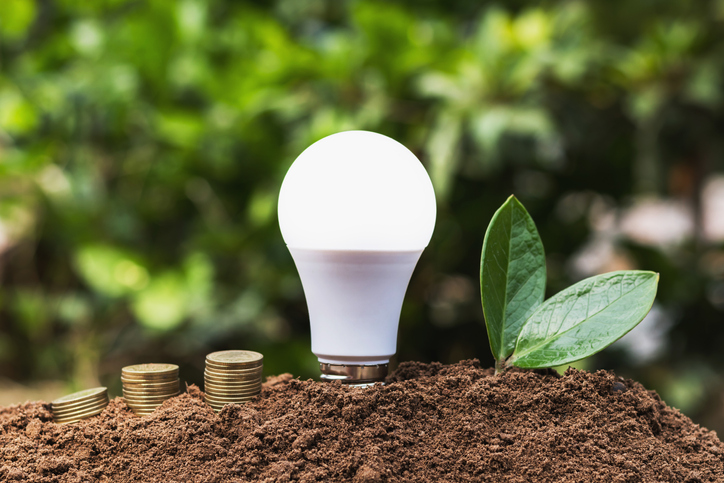How to Choose the Right Energy-efficient Lightbulb
by Lou-Ann Jordan Apr 22, 2024

In the past, choosing the right lightbulb was merely about saving money. However, things have changed. Notwithstanding the opportunity to save a few dollars, today, there’s also the need to save the planet. Something as simple as our choice of a lightbulb can impact climate change.
Yes, lightbulbs are among some of the everyday items that burn fossil fuel, contributing to the production of greenhouse gases. Fortunately, using energy-efficient bulbs is one way you can reduce your household’s carbon footprint.
Incandescent, halogen, high-intensity discharge (HID), light-emitting diodes (LEDs), and compact fluorescent (CFLs) are among our varied options for lightbulbs. Each has its uses and advantages. Yet, LEDs and CFLs are the two main types of low-energy bulbs. Both offer the same brightness as your traditional incandescent bulb but use significantly less electricity. While either is preferred to the conventional lightbulb, each has specific benefits.
In this article, we want to help you choose the right energy-efficient lightbulb, which will benefit the environment and help you save money. So, we contacted the experts at Modern Electrical Supplies Ltd for helpful tips you can keep in mind when shopping for lightbulbs. But before we start, let’s examine the two major types of low-energy bulbs.
CFLs are known for their energy efficiency, utilising 50% to 80% less energy than the traditional bulb. A 22-watt CFL provides the same lighting (lumens) as a 100-watt incandescent bulb. Although you’ll spend more initially because they last longer than incandescent lightbulbs, you’ll save in the long run. CFLs come in all shapes and sizes; you can use them like your regular lightbulb.
LEDs are classed as the most energy-efficient bulbs. They are more luminous than other bulbs and are also long-lasting. A significant feature is that, unlike other bulbs, they do not emit heat or ultraviolet radiation. Also, they are available in various shapes, sizes, and colours.
Now that we’ve discussed CFLs and LEDs, you may wonder how to decide between the two. Well, these tips should help.
Pay attention to the watts and lumens. Where traditional bulbs use wattage to measure how much light is produced, low-energy bulbs use lumens. Usually, the packaging will compare the lumens to the watts. When choosing between CFL and LED bulbs, compare lumens to determine the bulb’s brightness.
Check for certification. When selecting an LED bulb, choose those with certifications such as Underwriter Laboratories (UL) or Electrical Testing Laboratories (ETL) to ensure the best product quality. Either certification indicates the bulb has passed the safety requirements for use.
Decide what colour bulb you want. The Kelvin Colour Temperature is the measurement used to determine the range of colours for lightbulbs. Some bulb colours are warm, daylight, cool white etc. The availability of colour may influence the type of bulb you buy. LEDs may offer more colour options than CFLs, which is an advantage of the technology used to create them.
Keep in mind the intended location. Where you’re likely to use the bulb is a significant factor, as it will influence the desired brightness, colour and shape. You may find CFLs offer greater luminosity and design versatility. It’s one of the reasons they’re often used for track and lighting, downlights, and table lamps.
Consider the fittings and design. Bulbs come in a variety of fittings and shapes. When replacing your old bulb, pay attention to the fittings, whether they are screw caps or bayonets and their size. Also, remember that the shape will impact light distribution if you want a new design. Some distribute light more evenly, while others are more focused.
Whichever you choose, energy-efficient lightbulbs are a wise choice. They save you money and allow you to participate in addressing climate control—even if it’s in a small way.
Sources: Centre for Sustainable Energy, Lumen Now and Modern Electrical Supplies Ltd.








